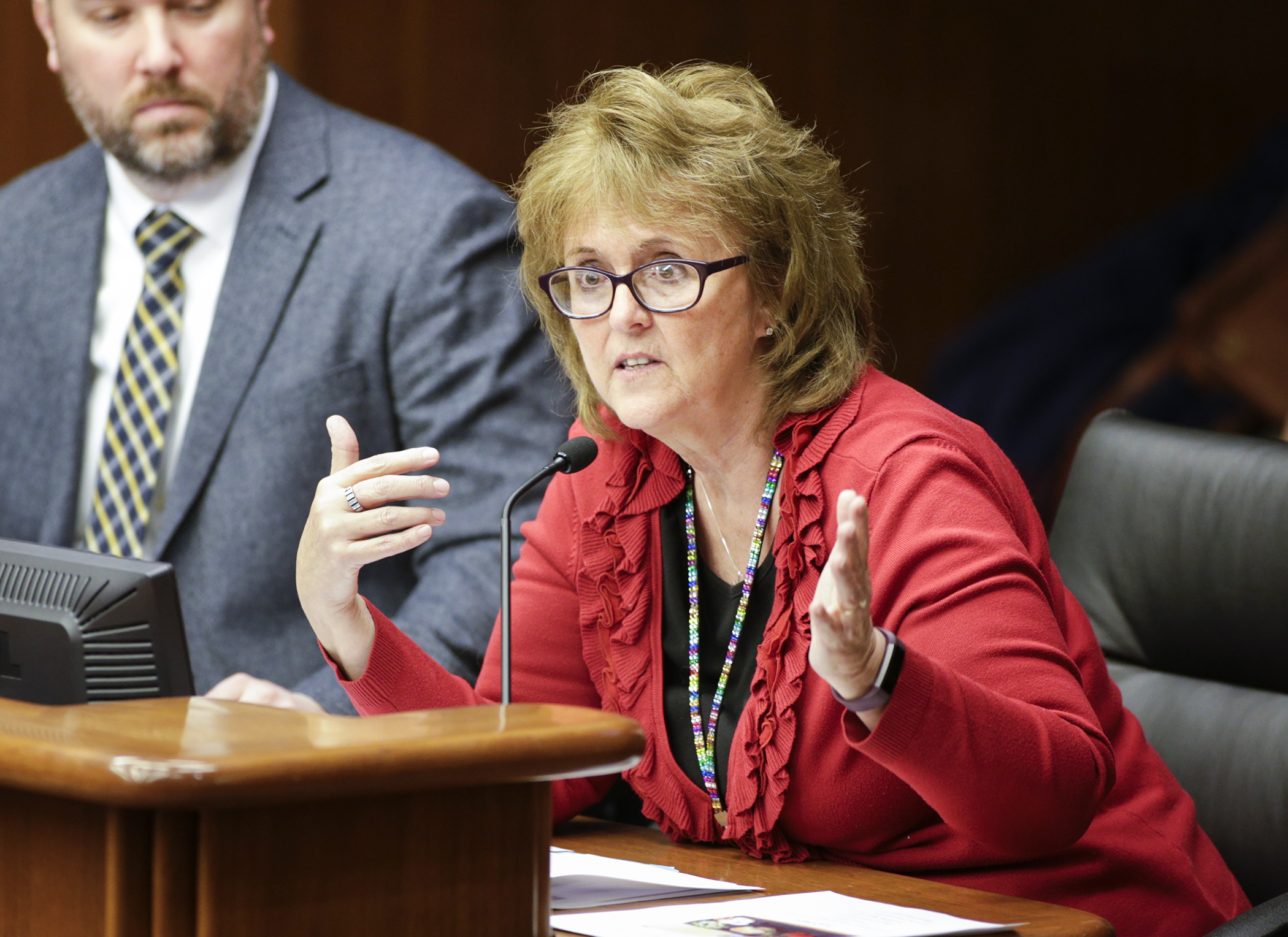School lunch participation solid, but breakfast program lags

While historically the rules and regulations around school nutrition rarely make headlines, implementation of the federal Healthy Hunger-Free Kids Act in 2010 gained the topic widespread attention.
The policy put stricter guidelines on the nutritional content in the food kids are served in school — requiring lower sodium, less fat and more whole grain foods — as well as requiring that each student take a fruit or vegetable with each meal.
Noah Atlas, nutrition director with the Anoka-Hennepin School District, said that although the initial changes created controversy, over time students have grown accustomed to the new menus and meal guidelines.
“Nutrition programs in the state of Minnesota have risen to the occasion by making more foods from scratch, updating kitchens, participating in farm-to-school programs, hiring chefs and many other wonderful initiatives,” he told the House Education Finance Division at an informational hearing Tuesday.
Since the new program was implemented, participation has rebounded and stabilized serving approximately 98.9 million lunches during the 2017-18 school year, compared to 99 million during the 2013-14 school year.
Assistant Education Commissioner Daron Korte and Debra Lukkonen, supervisor for school nutrition programs at the Education Department, presented participation trends, along with an overview of the state’s school nutrition programs and funding during the hearing.
While the 2010 law improved school lunch nutrition standards, it added significant costs to the local programs and to those students and families paying full price for meals. Unlike some states, Minnesota has helped alleviate that burden somewhat by providing a 12.5-cent per meal reimbursement.
Atlas noted that although Minnesota’s school lunch participation is relatively high compared to most states, its breakfast is lagging behind.
“On the other hand, breakfast programs are highly underutilized and offer a great opportunity to get hungry kids the nutrition they need to start their school day off right,” he said.
This was echoed by several anti-hunger advocates who encouraged the division to approve legislation that would expand the program, which is eligible for federal funding, to more schools, and to restructure how it’s delivered.
“As you’ve heard from others this morning, we know that students who eat breakfast are more productive, less disruptive in class, visit the nurse less often and perform better on test days,” Atlas said. “We’ve all heard the stories of schools making sure students eat breakfast on testing days, but what if we treated every day like testing day.”
Members’ questions pertaining to the overall nutrition program were vast, inquiring about everything from lunch payment methods, debt collection and anti-lunch debt shaming policies, to the sourcing of food and the method of food preparation.
Rep. Tony Jurgens (R-Cottage Grove) and others signaled there would be legislation pertaining to nutritional programs coming down the pike.
Related Articles
Search Session Daily
Advanced Search OptionsPriority Dailies
Ways and Means Committee OKs proposed $512 million supplemental budget on party-line vote
By Mike Cook Meeting more needs or fiscal irresponsibility is one way to sum up the differences among the two parties on a supplemental spending package a year after a $72 billion state budg...
Meeting more needs or fiscal irresponsibility is one way to sum up the differences among the two parties on a supplemental spending package a year after a $72 billion state budg...
Minnesota’s projected budget surplus balloons to $3.7 billion, but fiscal pressure still looms
By Rob Hubbard Just as Minnesota has experienced a warmer winter than usual, so has the state’s budget outlook warmed over the past few months.
On Thursday, Minnesota Management and Budget...
Just as Minnesota has experienced a warmer winter than usual, so has the state’s budget outlook warmed over the past few months.
On Thursday, Minnesota Management and Budget...